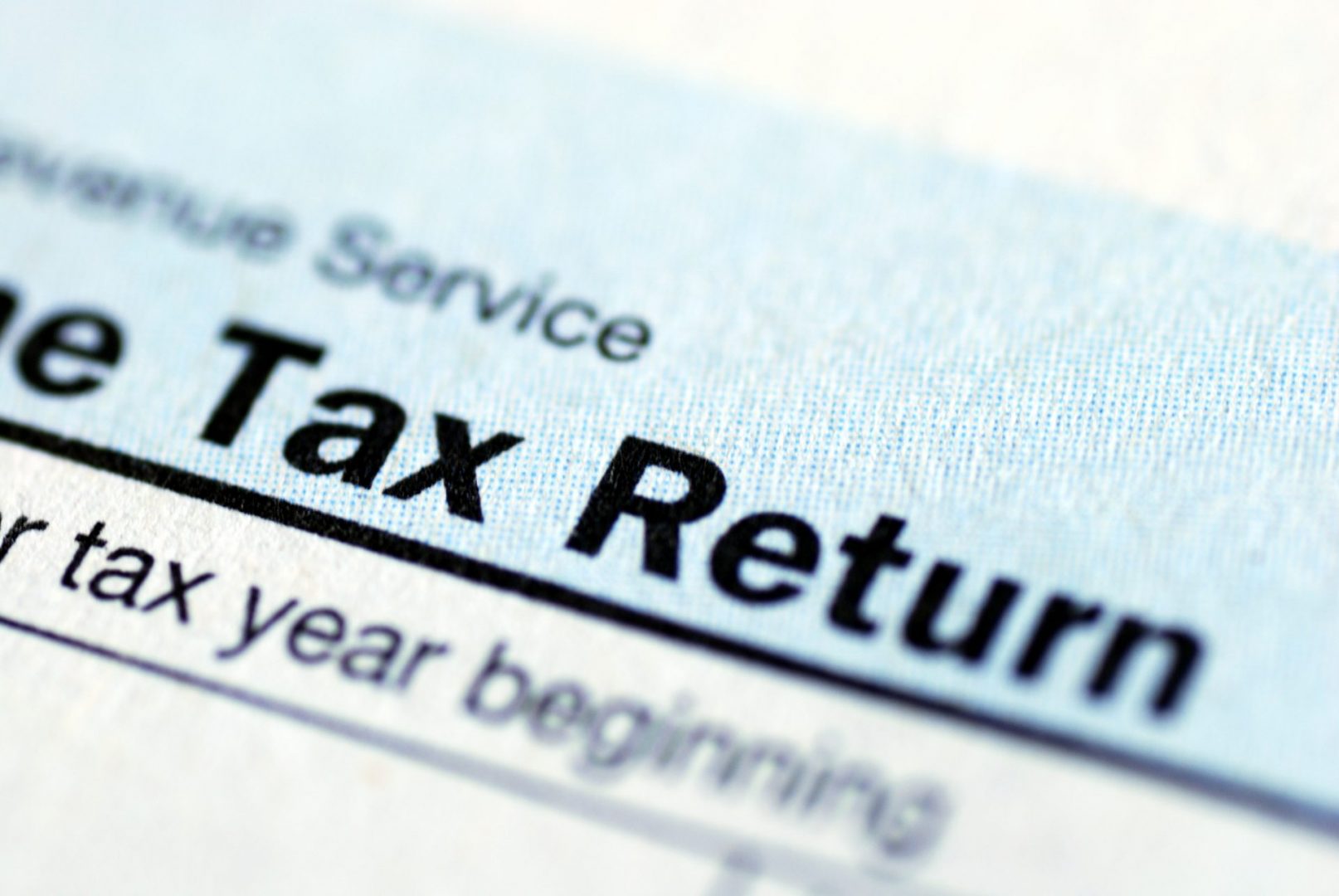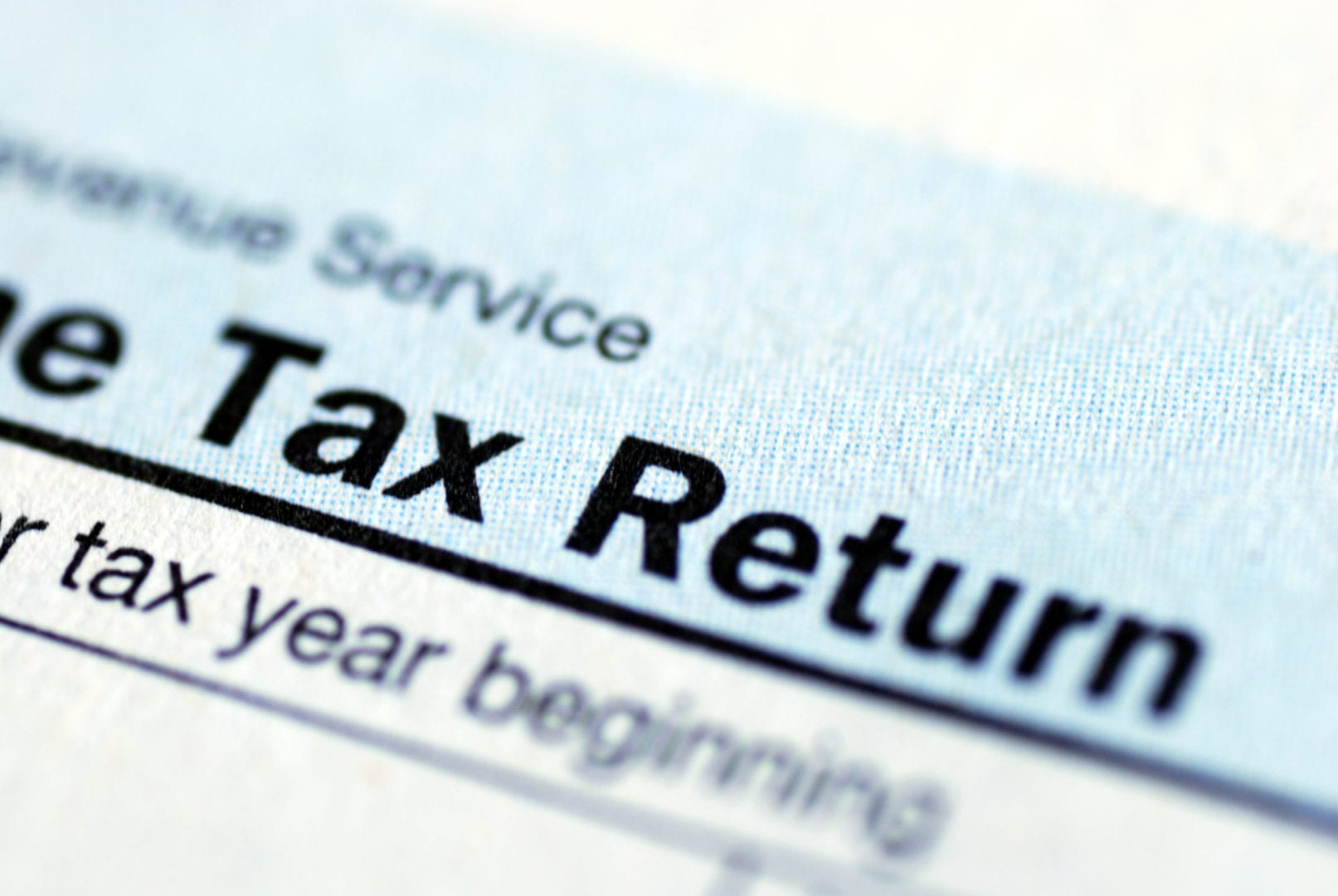To determine how an investment vehicle is taxed in a given year, first ask yourself what went on with the investment that year. Did it generate interest income? If so, the income is probably considered ordinary. Did you sell the investment? If so, a capital gain or loss is probably involved. (Certain investments can generate both ordinary income and capital gain income, but we won’t get into that here.)
If you receive dividend income, it may be taxed either at ordinary income tax rates or at the rates that apply to long-term capital gain income. Dividends paid to an individual shareholder from a domestic corporation or qualified foreign corporation are generally taxed at the same rates that apply to long-term capital gains. Long-term capital gains and qualified dividends are generally taxed at special capital gains tax rates of 0 percent, 15 percent, and 20 percent depending on your taxable income. (Some types of capital gains may be taxed as high as 25 percent or 28 percent.) The actual process of calculating tax on long-term capital gains and qualified dividends is extremely complicated and depends on the amount of your net capital gains and qualified dividends and your taxable income. But special rules and exclusions apply, and some dividends (such as those from money market mutual funds) continue to be treated as ordinary income.
The distinction between ordinary income and capital gain income is important because different tax rates may apply and different reporting procedures may be involved. Here are some of the things you need to know.
Categorizing your ordinary income
Investments often produce ordinary income. Examples of ordinary income include interest and rent. Many investments — including savings accounts, certificates of deposit, money market accounts, annuities, bonds, and some preferred stock — can generate ordinary income. Ordinary income is taxed at ordinary (as opposed to capital gains) tax rates.
But not all ordinary income is taxable — and even if it is taxable, it may not be taxed immediately. If you receive ordinary income, the income can be categorized as taxable, tax exempt, or tax deferred.
- Taxable income: This is income that’s not tax exempt or tax deferred. If you receive ordinary taxable income from your investments, you’ll report it on your federal income tax return. In some cases, you may have to detail your investments and income on Schedule B.
- Tax-exempt income: This is income that’s free from federal and/or state income tax, depending on the type of investment vehicle and the state of issue. Municipal bonds and U.S. securities are typical examples of investments that can generate tax-exempt income.
- Tax-deferred income: This is income whose taxation is postponed until some point in the future. For example, with a 401(k) retirement plan, earnings are reinvested and taxed only when you take money out of the plan. The income earned in the 401(k) plan is tax deferred.
A quick word about ordinary losses: It’s possible for an investment to generate an ordinary loss, rather than ordinary income. In general, ordinary losses reduce ordinary income.
Understanding what basis means
Let’s move on to what happens when you sell an investment vehicle. Before getting into capital gains and losses, though, you need to understand an important term — basis. Generally speaking, basis refers to the amount of your investment in an asset. To calculate the capital gain or loss when you sell or exchange an asset, you must know how to determine both your initial basis and adjusted basis in the asset.
First, initial basis. Usually, your initial basis equals your cost — what you paid for the asset. For example, if you purchased one share of stock for $10,000, your initial basis in the stock is $10,000. However, your initial basis can differ from the cost if you did not purchase an asset but rather received it as a gift or inheritance, or in a tax-free exchange.
Next, adjusted basis. Your initial basis in an asset can increase or decrease over time in certain circumstances. For example, if you buy a house for $100,000, your initial basis in the house will be $100,000. If you later improve your home by installing a $5,000 deck, your adjusted basis in the house may be $105,000. You should be aware of which items increase the basis of your asset, and which items decrease the basis of your asset. See IRS Publication 551 for details.
Calculating your capital gain or loss
If you sell stocks, bonds, or other capital assets, you’ll end up with a capital gain or loss. Special capital gains tax rates may apply. These rates may be lower than ordinary income tax rates.
Basically, capital gain (or loss) equals the amount that you realize on the sale of your asset (i.e., the amount of cash and/or the value of any property you receive) less your adjusted basis in the asset. If you sell an asset for more than your adjusted basis in the asset, you’ll have a capital gain. For example, assume you had an adjusted basis in stock of $10,000. If you sell the stock for $15,000, your capital gain will be $5,000. If you sell an asset for less than your adjusted basis in the asset, you’ll have a capital loss. For example, assume you had an adjusted basis in stock of $10,000. If you sell the stock for $8,000, your capital loss will be $2,000.
Schedule D of your income tax return is where you’ll calculate your short-term and long-term capital gains and losses, and figure the tax due, if any. You’ll need to know not only your adjusted basis and the amount realized from each sale, but also your holding period, your taxable income, and the type of asset(s) involved. See IRS Publication 544 for details.
- Holding period: Generally, the holding period refers to how long you owned an asset. A capital gain is classified as short term if the asset was held for a year or less, and long term if the asset was held for more than one year. The tax rates applied to long-term capital gain income are generally lower than those applied to short-term capital gain income. Short-term capital gains are taxed at the same rate as your ordinary income.
- Taxable income: Long-term capital gains and qualified dividends are generally taxed at special capital gains tax rates of 0%, 15%, and 20% depending on your taxable income. (Some types of capital gains may be taxed as high as 25 percent or 28 percent.) The actual process of calculating tax on long-term capital gains and qualified dividends is extremely complicated and depends on the amount of your net capital gains and qualified dividends and your taxable income.
- Type of asset: The type of asset that you sell will dictate the capital gain rate that applies, and possibly the steps that you should take to calculate the capital gain (or loss). For instance, the sale of an antique is taxed at the maximum tax rate of 28 percent even if you held the antique for more than 12 months.
Using capital losses to reduce your tax liability
You can use capital losses from one investment to reduce the capital gains from other investments. You can also use a capital loss against up to $3,000 of ordinary income this year ($1,500 for married persons filing separately). Losses not used this year can offset future capital gains. Schedule D of your federal income tax return can lead you through this process.
New Medicare contribution tax on unearned income may apply
High-income individuals may be subject to a 3.8 percent Medicare contribution tax on unearned income (the tax, which first took effect in 2013, is also imposed on estates and trusts, although slightly different rules apply). The tax is equal to 3.8 percent of the lesser of:
- Your net investment income (generally, net income from interest, dividends, annuities, royalties and rents, and capital gains, as well as income from a business that is considered a passive activity), or
- The amount of your modified adjusted gross income that exceeds $200,000 ($250,000 if married filing a joint federal income tax return, $125,000 if married filing a separate return)
So, effectively, you’re subject to the additional 3.8 percent tax only if your adjusted gross income exceeds the dollar thresholds listed above. It’s worth noting that interest on tax-exempt bonds is not considered net investment income for purposes of the additional tax. Qualified retirement plan and IRA distributions are also not considered investment income.
Getting help when things get too complicated
The sales of some assets are more difficult to calculate and report than others, so you may need to consult an IRS publication or other tax references to properly calculate your capital gain or loss. Also, remember that you can always seek the assistance of an accountant or other tax professional.
Prepared by Broadridge Investor Communication Solutions, Inc. Copyright 2022
IMPORTANT DISCLOSURES The opinions expressed herein are those of Ballast Tax & Business Services, LLC and are subject to change without notice. The third-party material presented is derived from sources Ballast Tax & Business Services consider to be reliable, but the accuracy and completeness cannot be guaranteed. Past performance is not indicative of future results. Nothing contained herein is an offer to purchase or sell any product. This material is for informational purposes only and should not be considered investment advice. Ballast Tax & Business Services reserve the right to modify its current investment strategies and techniques based on changing market dynamics or client needs. Broadridge Investor Communication Solutions, Inc. does not provide investment, tax, legal, or retirement advice or recommendations. The information presented here is not specific to any individual’s personal circumstances. To the extent that this material concerns tax matters, it is not intended or written to be used, and cannot be used, by a taxpayer for the purpose of avoiding penalties that may be imposed by law. Each taxpayer should seek independent advice from a tax professional based on his or her individual circumstances. These materials are provided for general information and educational purposes based upon publicly available information from sources believed to be reliable — we cannot assure the accuracy or completeness of these materials. The information in these materials may change at any time and without notice.










 Here are nine things taxpayer must consider when determining if an activity is a hobby or a business:
Here are nine things taxpayer must consider when determining if an activity is a hobby or a business:
